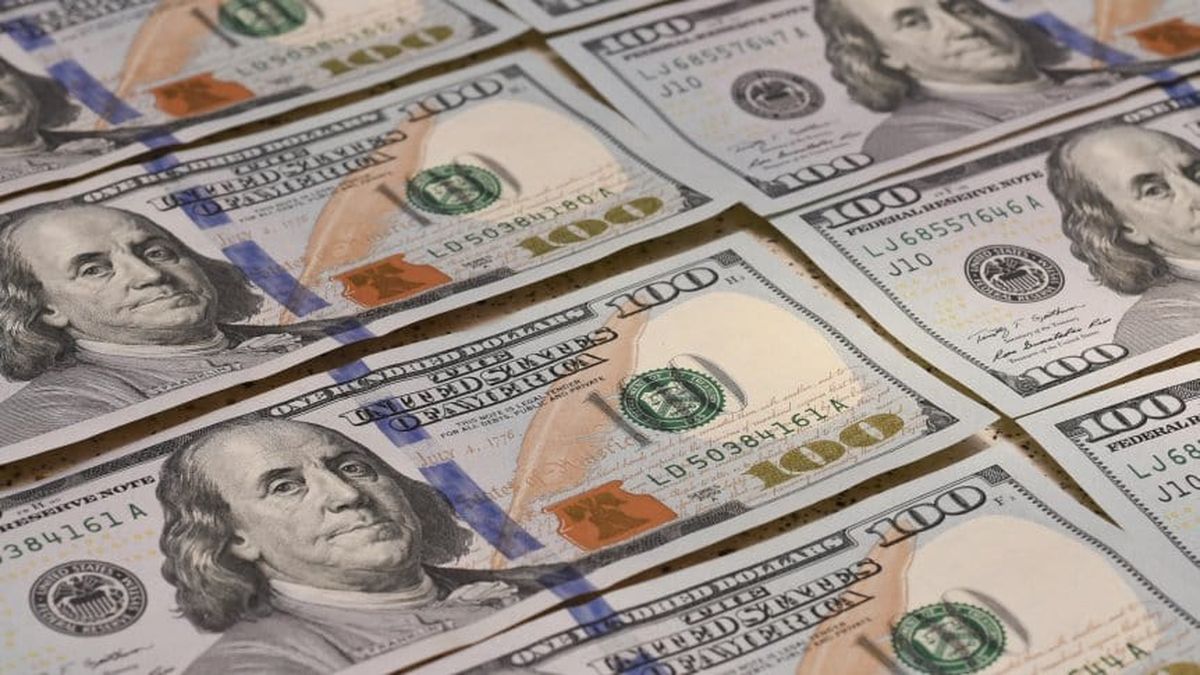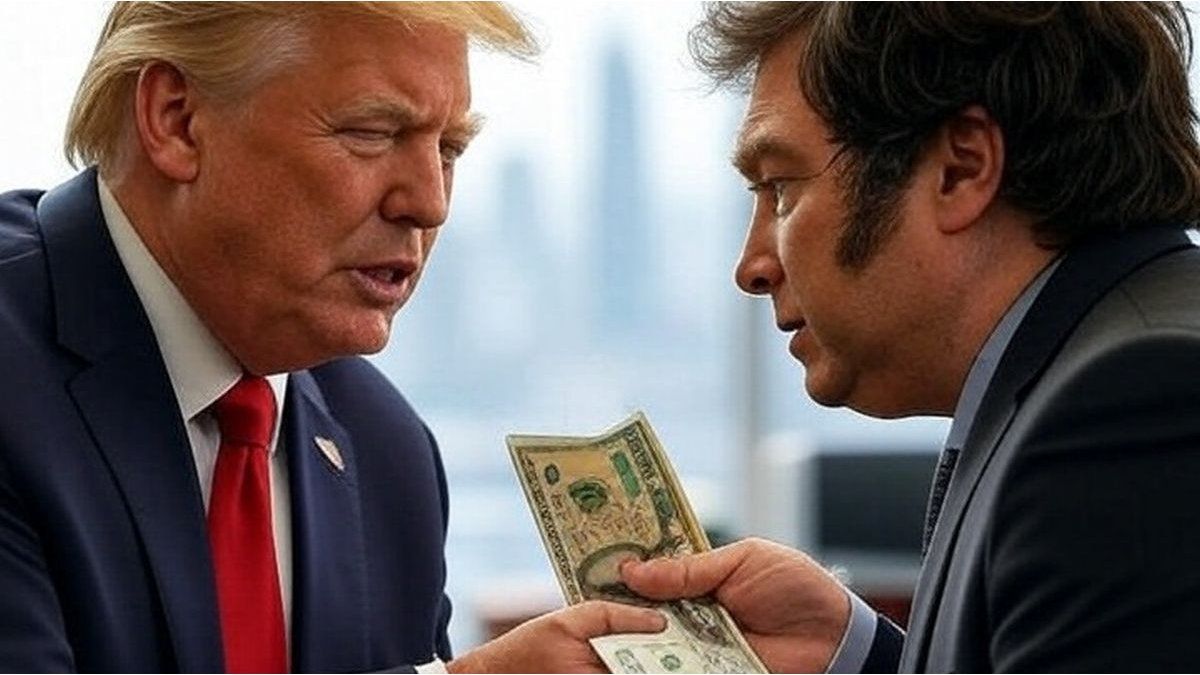In this way, the stock market dollars return to a negative streak after having rebounded on Monday.
Brian Torchia, Corporate Finance Manager at Pgk Consultores, a member of TGS Global, highlighted that “a higher inflation dynamic than the rate of devaluation does not seem to be sustainable in the medium term, becoming an expected scenario with an increasing probability of a correction of this dynamic either through shock devaluation (unfeasible from the political/social point of view) or by accelerating the dollar above the price level”.
He added: “However, rising international prices of commodities, access to new international credit lines or foreign investments that favor the reserve position are the most relevant factors that could contribute to sustaining this appreciation dynamic for a while longer.”
For Torchia, “taking into account the political profile of the government, It is feasible that it will try to sustain this dynamic as far as possible while waiting for external factors that could contribute to this path in order to avoid a devaluation acceleration that can later be translated into prices, generating a more complex inflationary inertia.“.
It is worth remembering that last Thursday the BCRA increased its Leliq reference rate by 250 basis points, to 42.5% per year for the 28-day term, and raised the interest rate paid by the terms from 39% to 41.5%. 30-day fixed rates for human beings, which represents a yield of 50.4% of the Annual Effective Rate (TEA), which is its second rise in interest rates so far this year.
As for the negotiations with the IMF, the government still has to send the draft understanding to Congress for approval and the agency’s board must give it the go-ahead.
From the Government they maintained that the agreement could be given “soon” and that we must be attentive to what happens in the next two weeks.
The deal is expected to close before some $2.9bn is due to expire on March 22, with the country grappling with depleted liquid reserves and a drought weighing on grain crops, the main export source.
official dollar
In an atypical day for a holiday in the United States, the dollar, which is directly regulated by the BCRA, rose 26 cents to $107.04, in a session in which, as at the beginning of the week, the inactivity due to the weekend was compensated, this time with a higher correction than the one recorded last Monday.
The Central Bank (BCRA) sold reserves for the first time in 14 days, after ending last week with a favorable result of US$92 million. In this round, he sold $6 million.
“The impossibility of carrying out operations to settle today due to the holiday in the United States, limited the usual participation of the income of the agro-export complex, something that forced sales of the Central Bank in the market, cutting a positive streak without loss of reserves of thirteen days so far in February,” said analyst Gustavo Quintana.
He added: “with the normalization of local activity starting tomorrow, it will be possible to have a clearer picture of the evolution of the market in the last full week of the current month.”
The US currency traded with little fluctuation level and always within the parameters set for today by the Central Bank.
Highs were noted shortly after trading began at $107.07, twenty-nine cents higher than the previous end. Authorized demand kept the price at initial levels during part of the first part of the day, until private income little by little balanced the situation, forcing prices down to a minimum of $107.04. With very few ups and downs, values remained at their lows for the date until the close of trading today.
In the retail market, The dollar today -without taxes- rose 23 cents to $112.71 this Monday, February 21, 2022, according to the average in the main banks of the financial system. In turn, the retail value of the currency in Banco Nación rose 25 cents to $112.25.
The blue dollar falls $1.50 this Tuesday, February 22, 2022, and trades at $210, a new minimum in five weeksaccording to a survey carried out by Ámbito in the Foreign Exchange Black Market.
The informal dollar had bounced 50 cents on Monday, thus cutting a mini streak of two consecutive setbacks, but on this day it is operating lower again.
Consequently, the spread between the blue dollar and the wholesale exchange rate is reduced to 96%, minimum levels since December 21, 2021.
Even so, the parallel dollar remains the most expensive exchange rate in the market since the CCL operates around $205.
Source: Ambito
David William is a talented author who has made a name for himself in the world of writing. He is a professional author who writes on a wide range of topics, from general interest to opinion news. David is currently working as a writer at 24 hours worlds where he brings his unique perspective and in-depth research to his articles, making them both informative and engaging.




